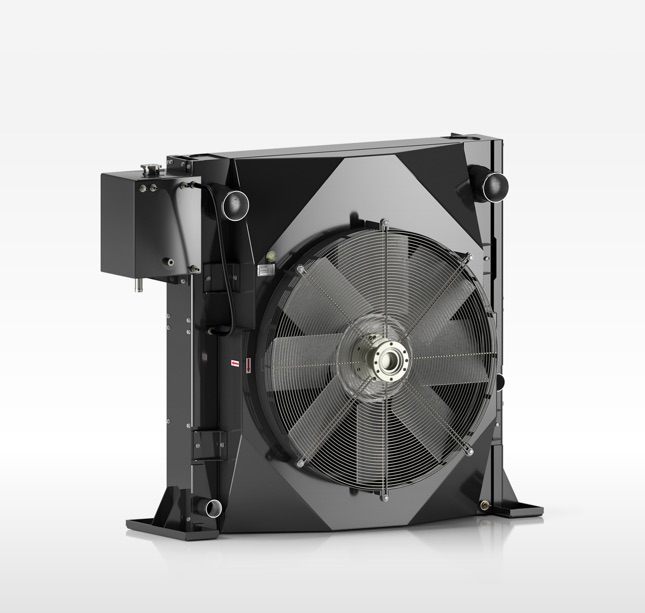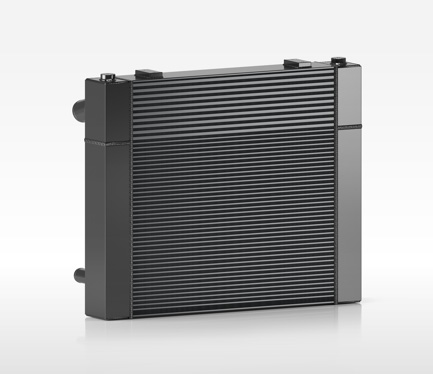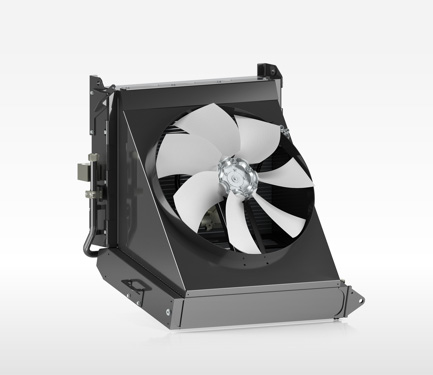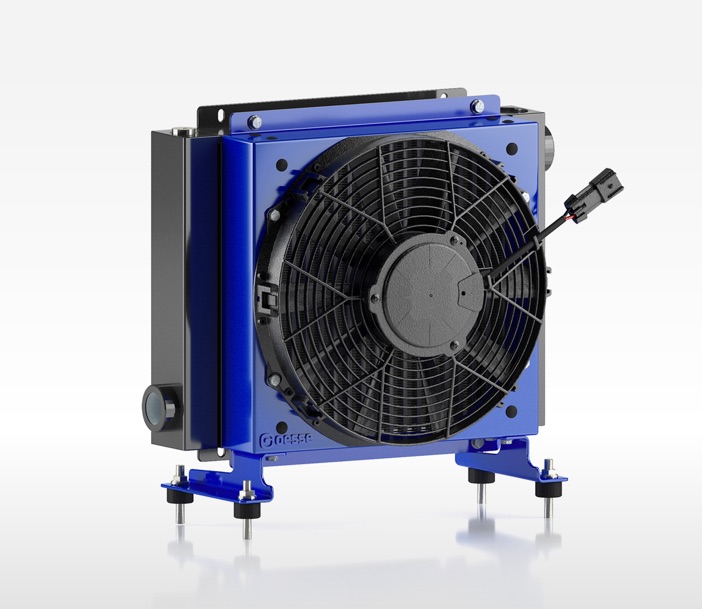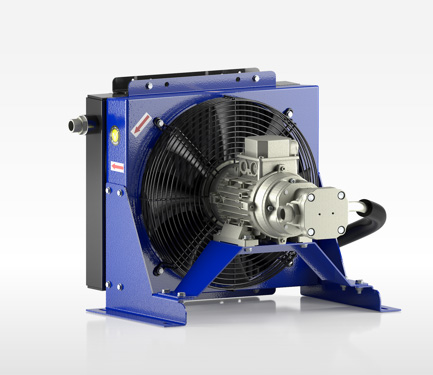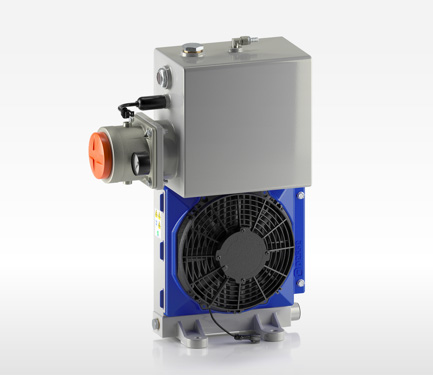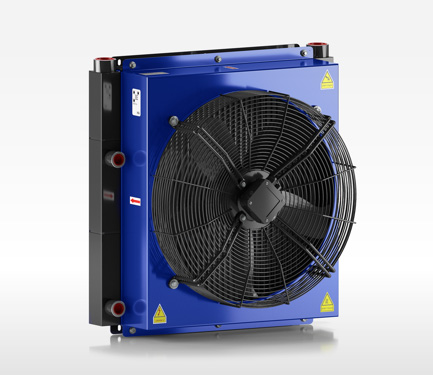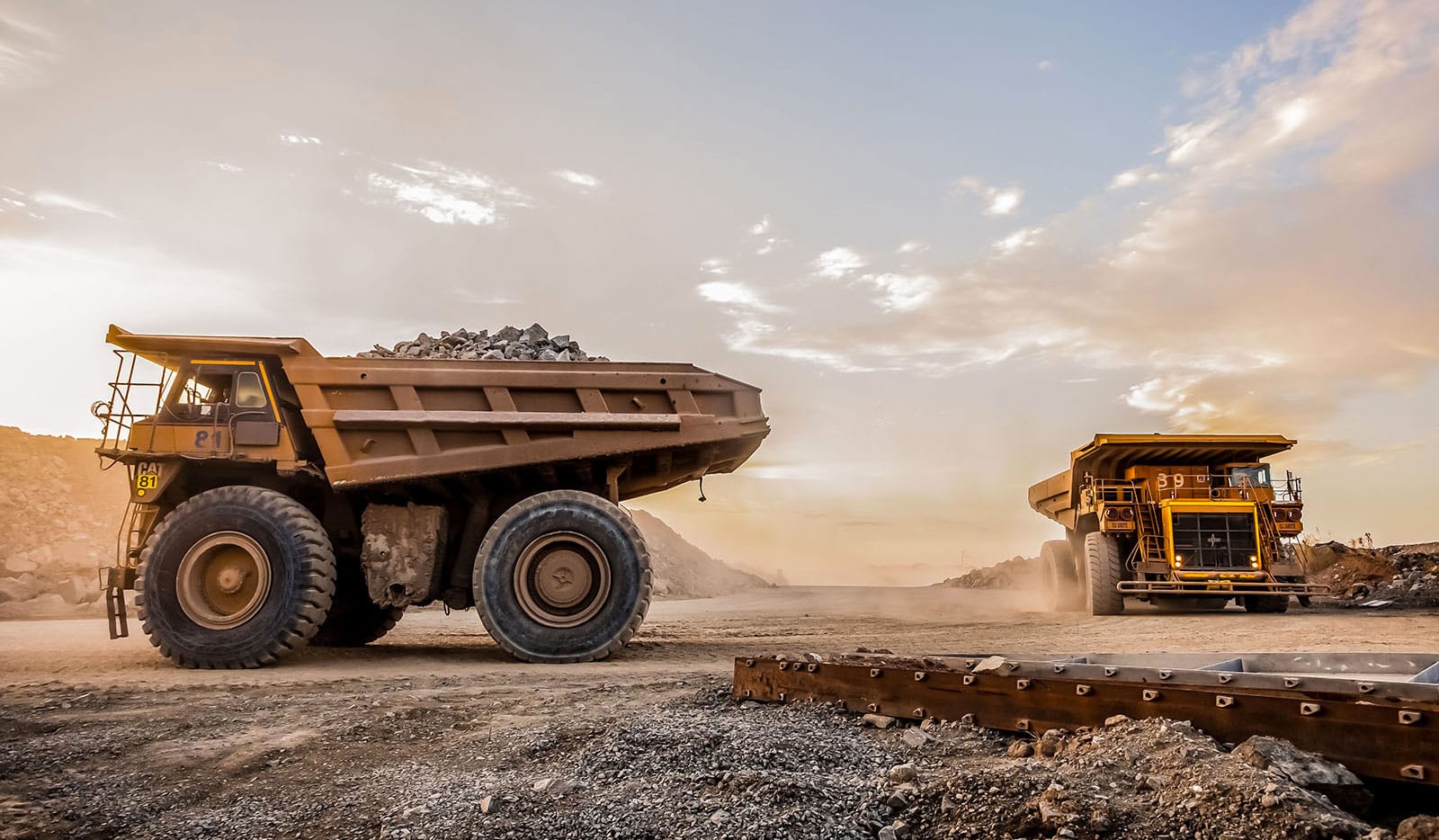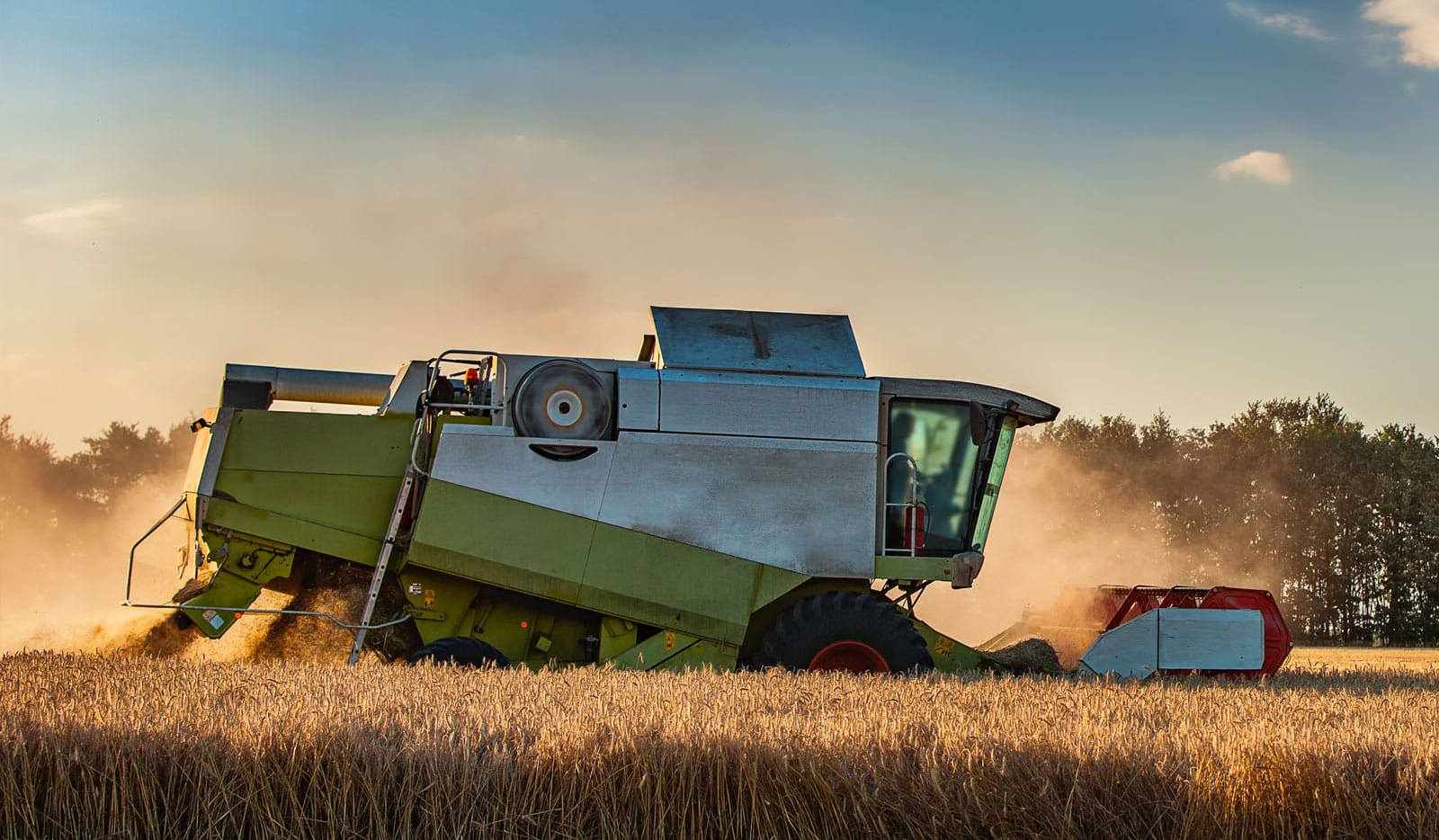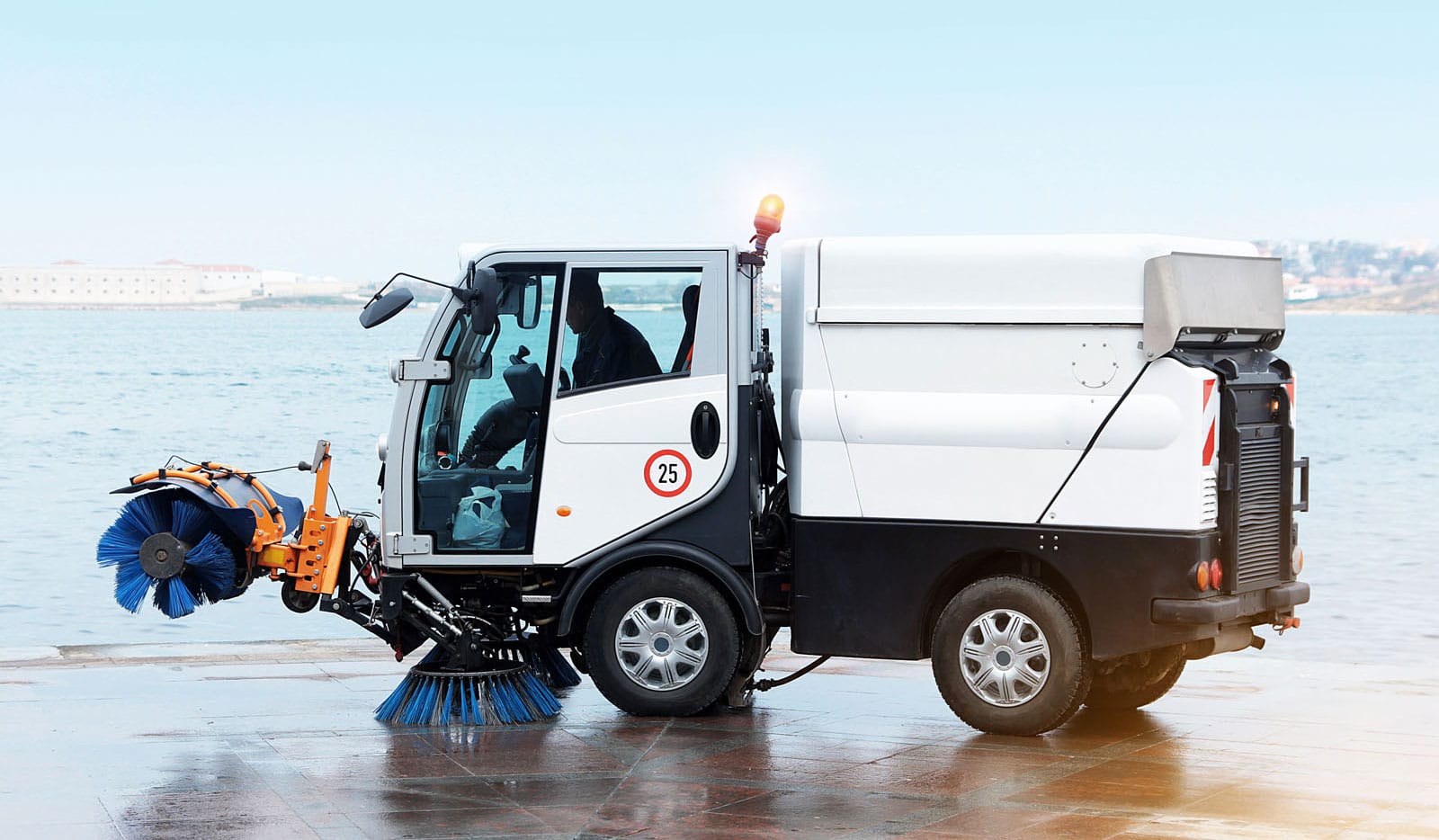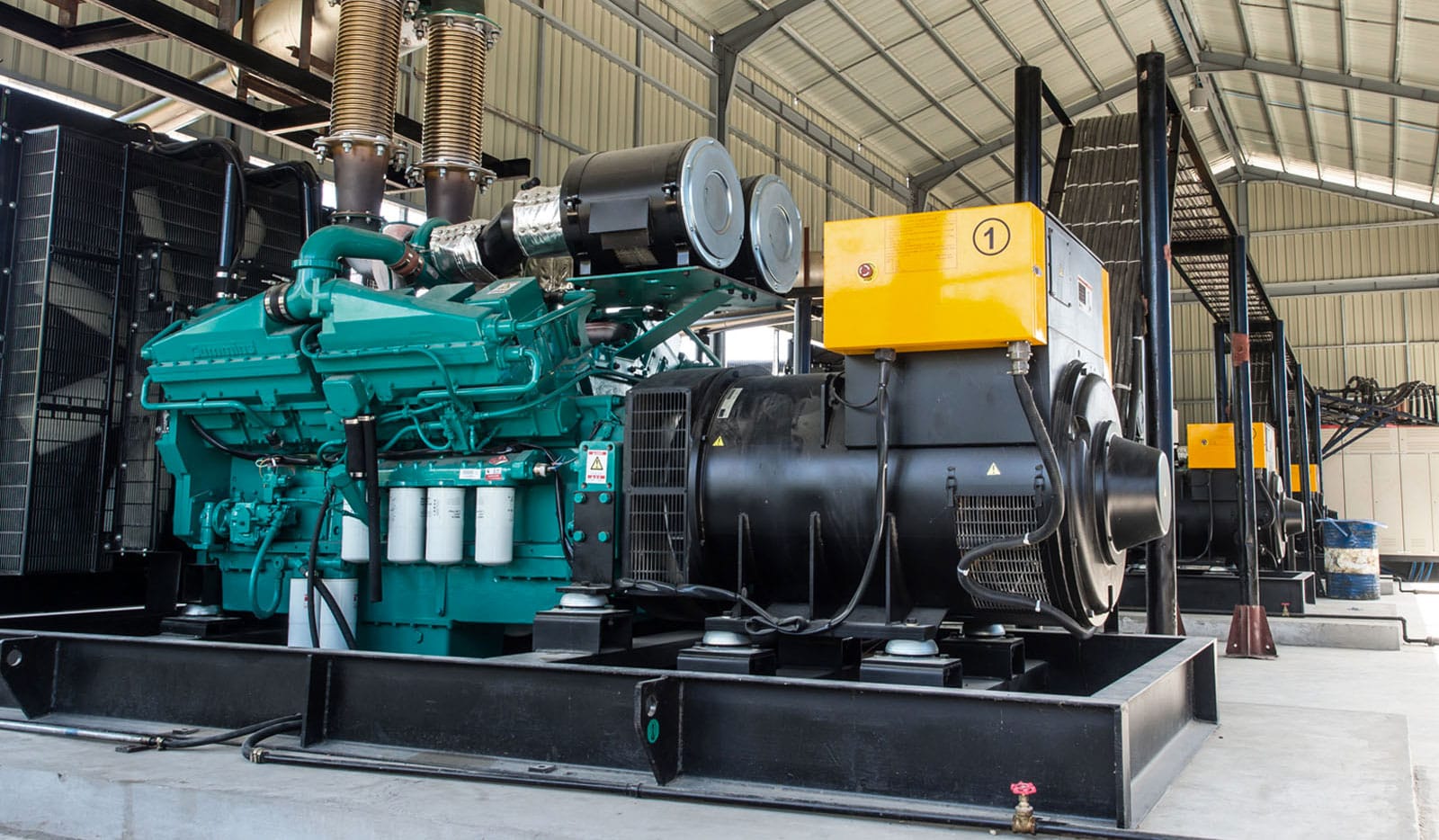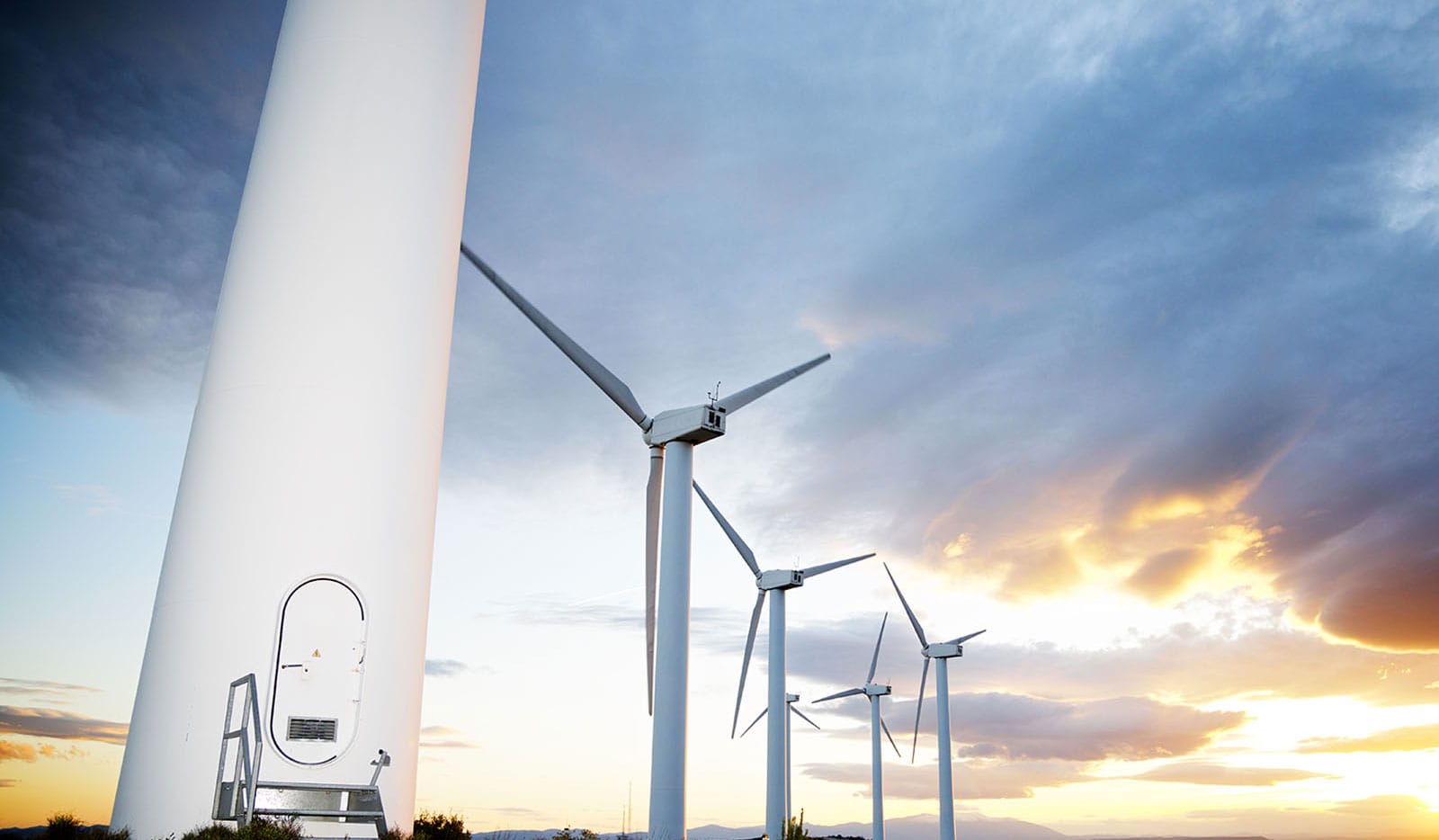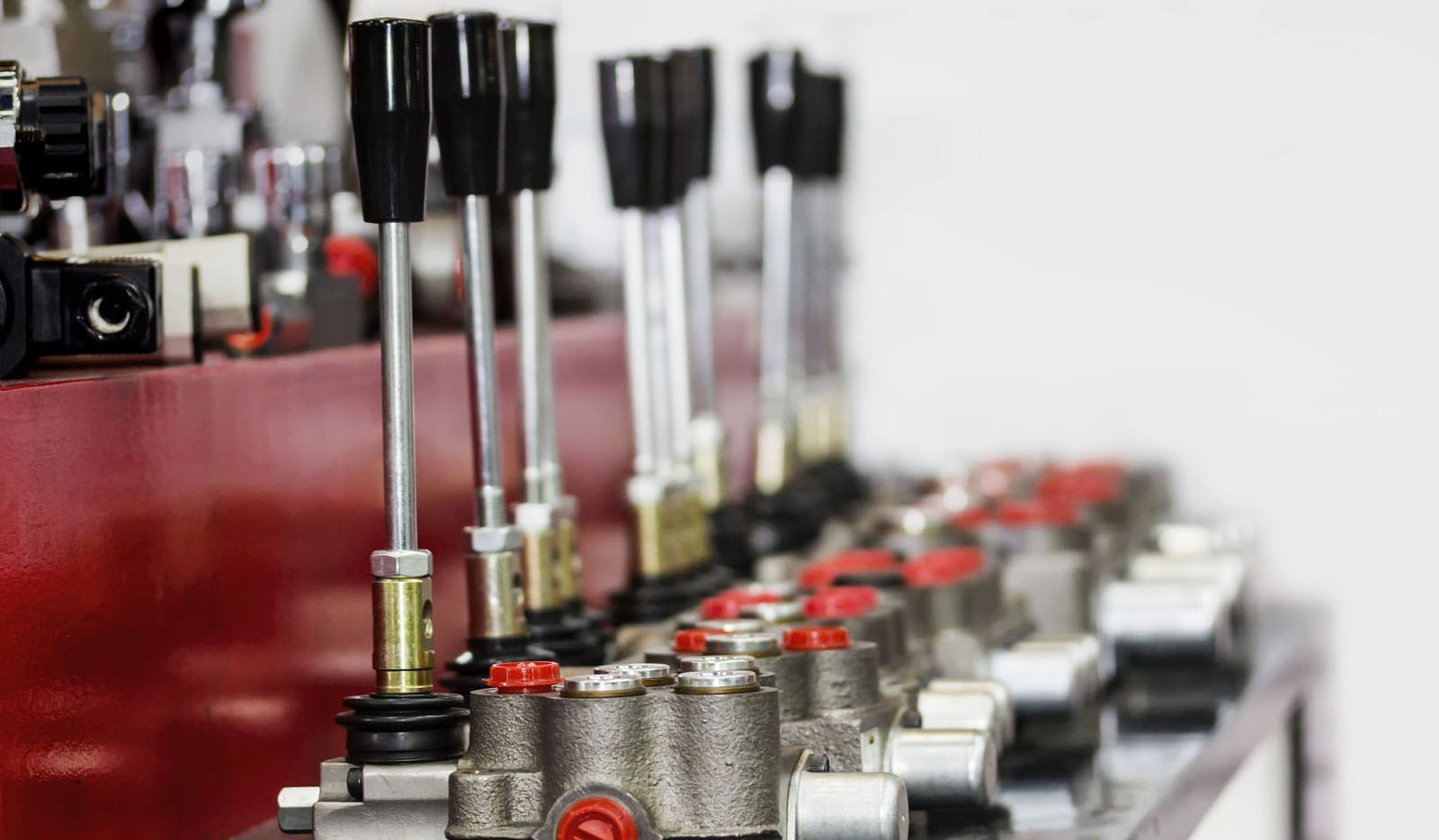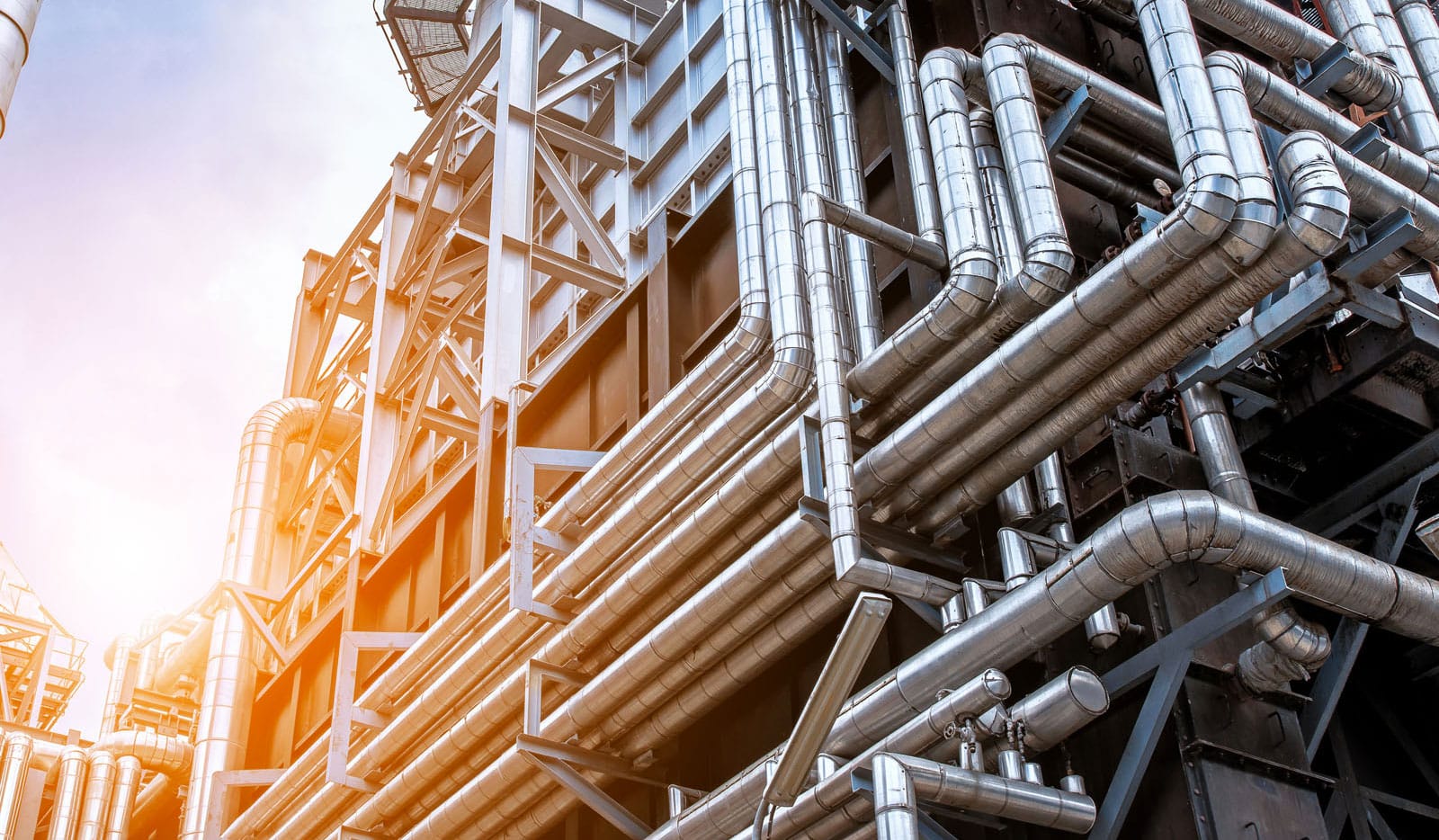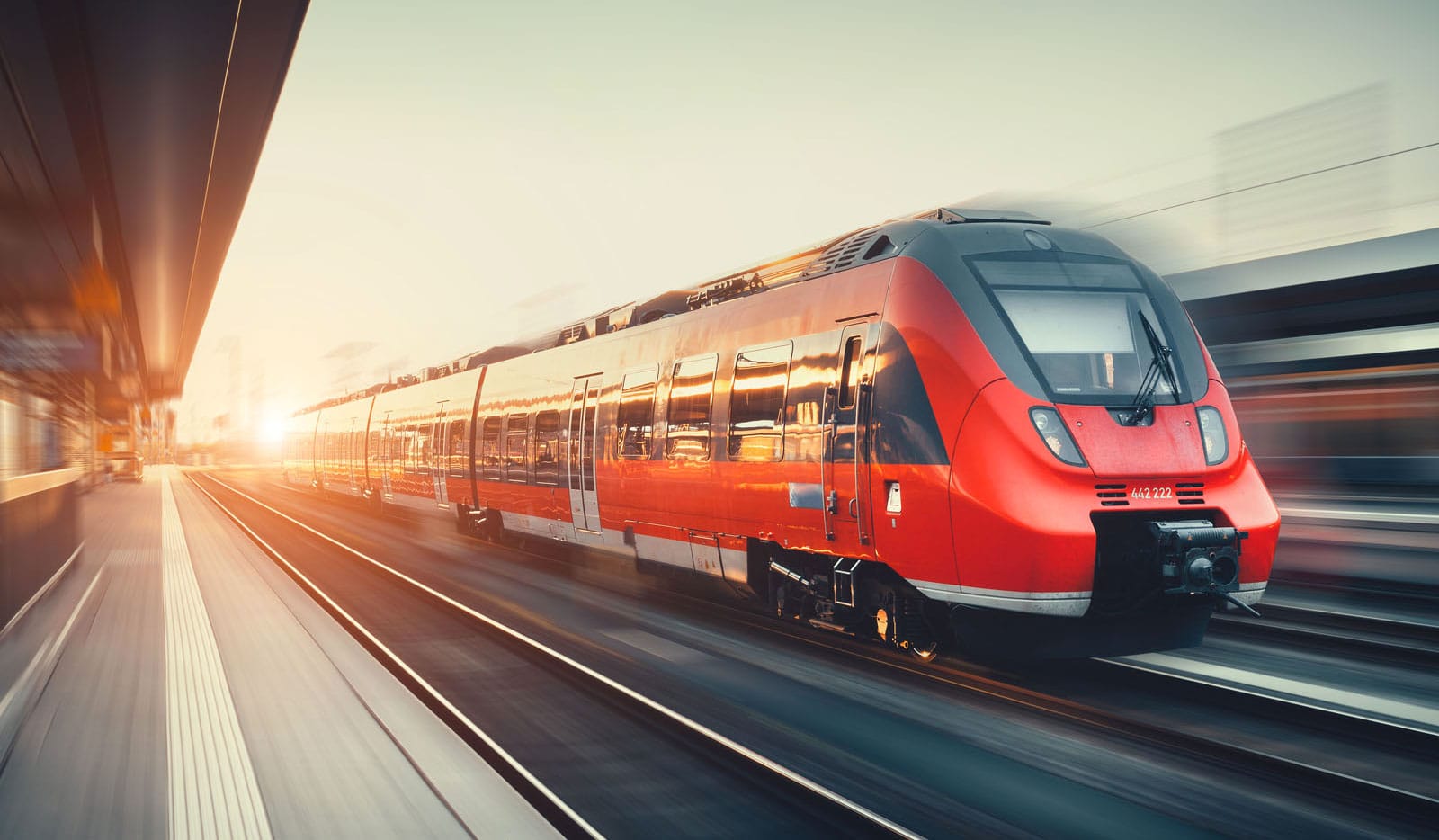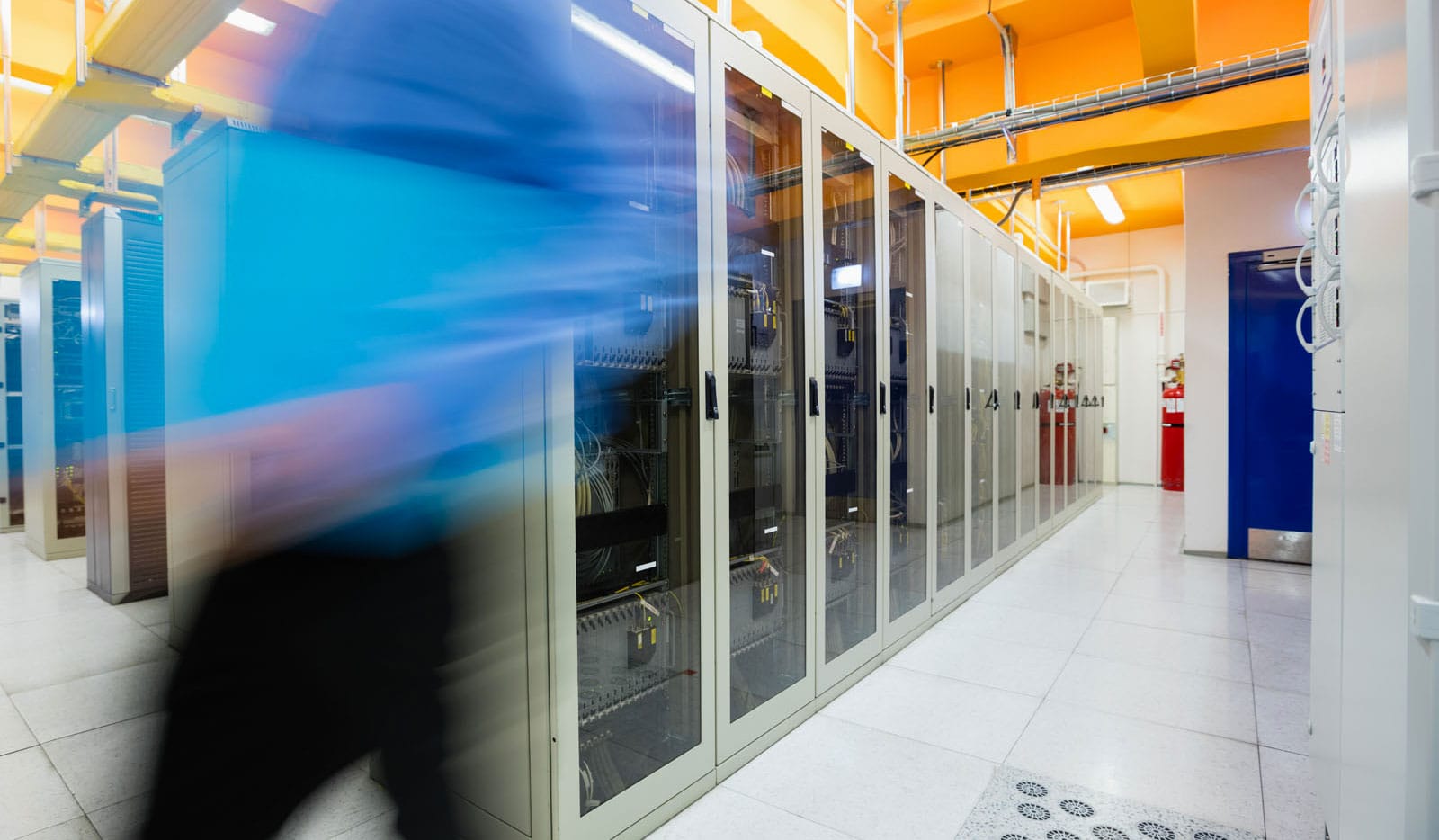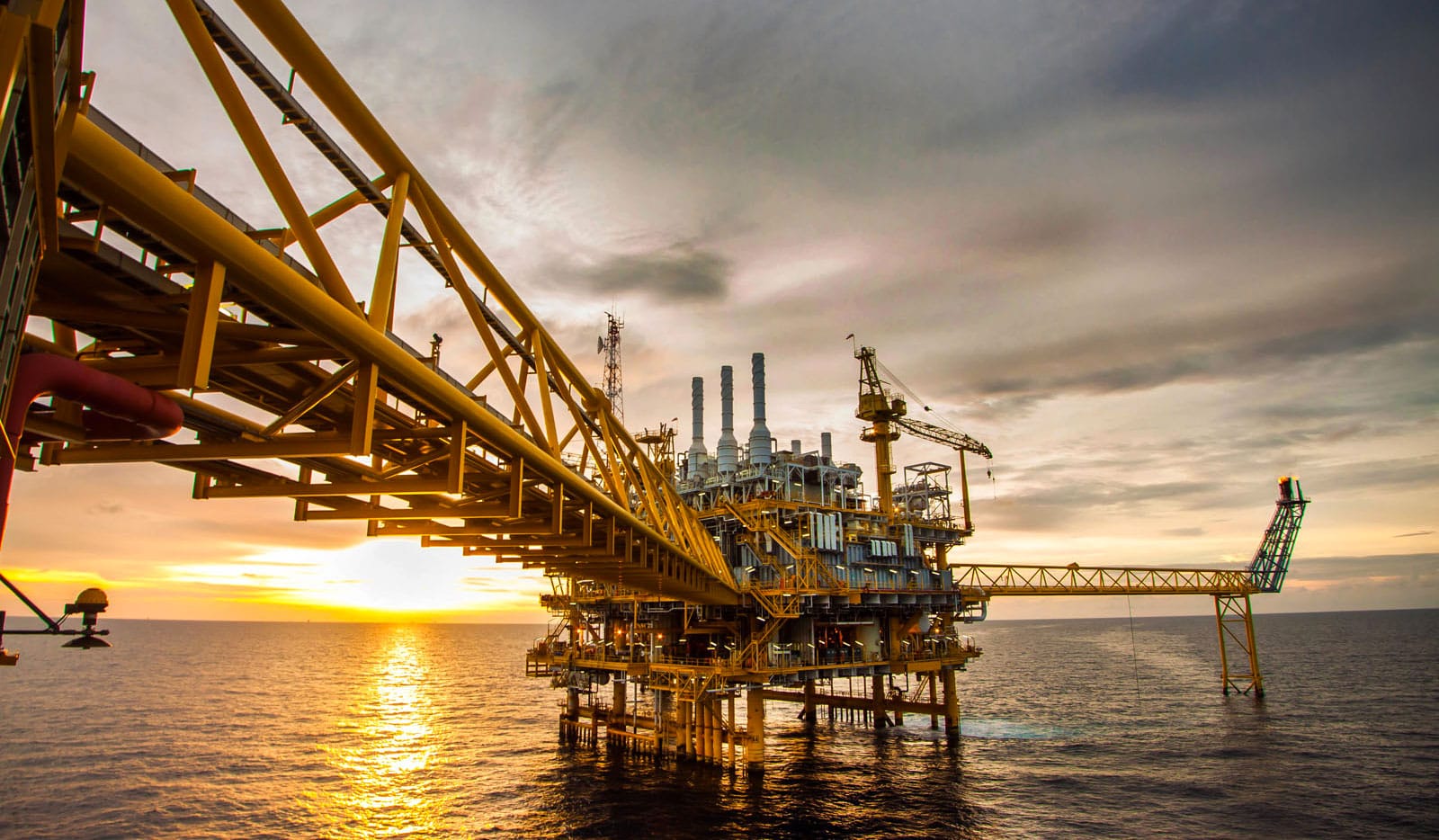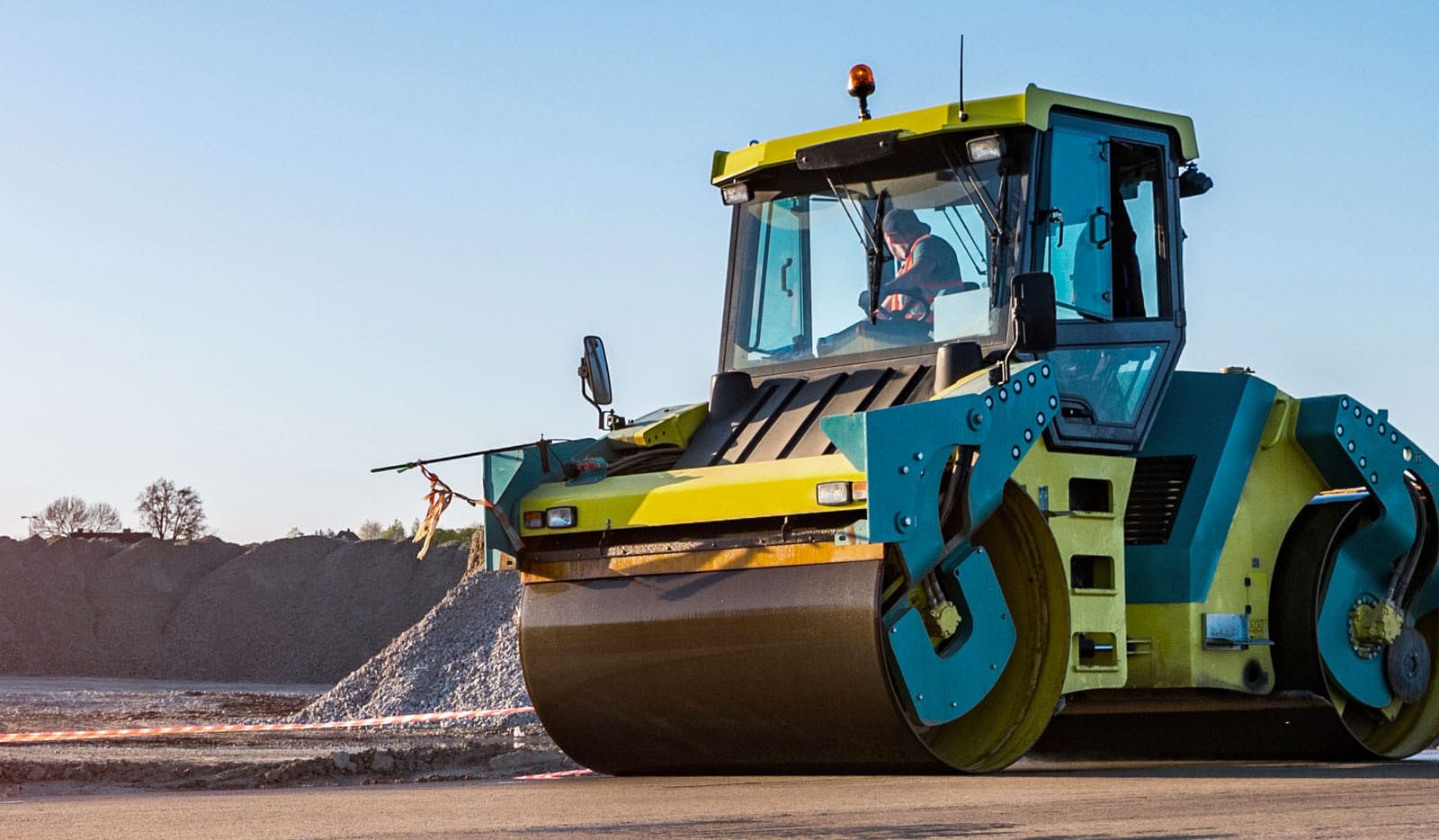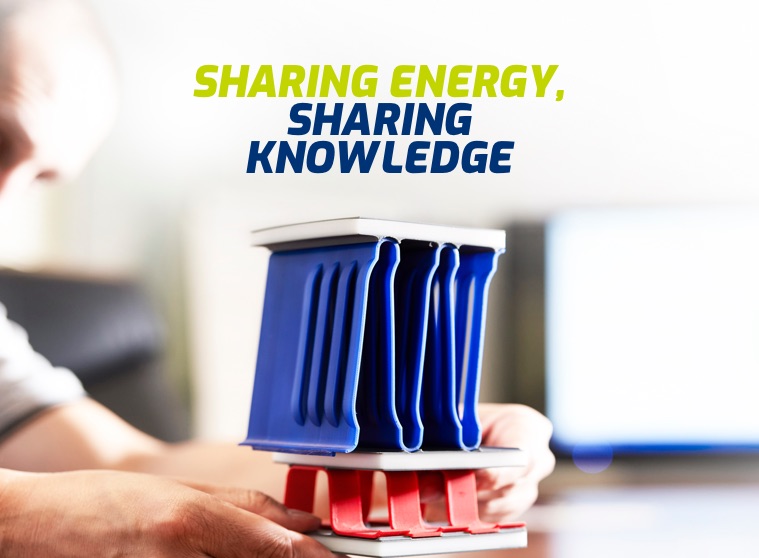In the previous post we presented some easy to apply concepts on the design of a heat exchanger.
In this new clip Giada Rosolen, Oesse Sales Assistant, shows some case histories that we have developed.
The proper dimensioning of a cooling system is closely linked to the available space inside the machine.
When there are severe restrictions related to the design of the coolers, compromise solutions are needed.
In the first project featured in the video (00:32) space was quite limited, so we have developed a very compact “sandwich” heat exchanger, but this made the cleaning and maintenance operations more difficult.
In the second project that we show you (00:42), we have used a fan that was decentralized compared to the cooling core due to the shape of the machine itself.
Here (00:52) it was necessary to create a cooling unit with a fan bigger than the core and partly overlapped the side tanks, leading to a possible negative turbulence. Air recirculation worsen the performances.
In extreme applications (1:07), characterized by a dirty working environment, we must use wider fins in order to avoid the clogging, but we need to consider larger dimensions.
When, instead, there are no specific restrictions we can apply the Oesse design guidelines acquired in 25 years of experience.
In this project (1:30) we have realized a housing with some inclined side faces and blunted ends to optimize the air flow.
For big machines (1:38) we have designed a circular section expansion tank to reduce stress and tensions: this solution is perfect for high power engines.
Here we have created (1:49) a support system to sustain both engine and radiator, which guarantees compactness and strength to the entire unit.
To optimize the available space, depth in particular, (2:00) we have placed the hydraulic motor inside the housing including two flaps to ease maintenance and cleaning of the internal parts.
When large quantities are involved, we can implement industrialization measures to increase functionality and achieve cost benefits. In this project (2:12) we have developed moulds to manufacture ABS plastic housings.
This very compact Power Pack (2:28), aligned with engine overall dimensions, allows us to offer a Plug and Play solution.
These are just some examples of customized heat exchange solutions that we daily develop here in Oesse.
Contact our sales staff to request more information.
to get the latest news, updates and exclusive content!
